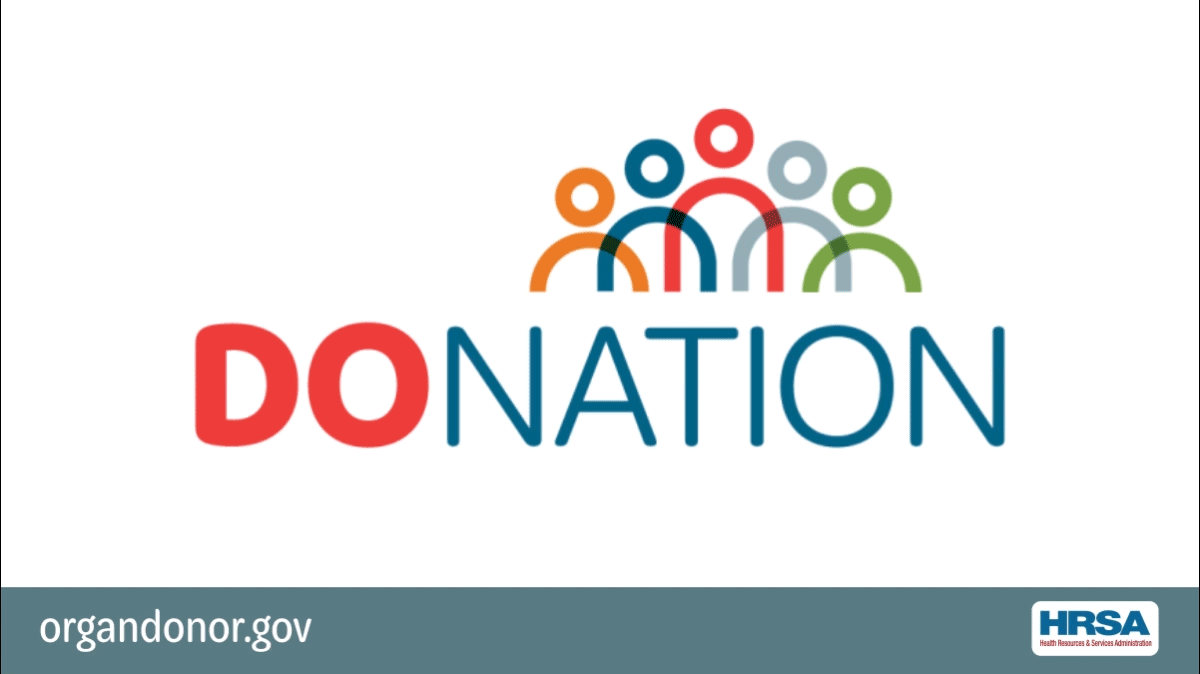
Medicare Payment Advisory Commission (MedPAC) will vote on a draft recommendation to Congress in January for payment updates. The draft discussed during the Dec. 8 meeting suggests eliminating the 2018 and 2019 market basket update and revising the prospective payment system (PPS) for skilled nursing facilities (SNF). The presentation indicated that the service mix in SNFs reflects a bias towards paying for intensive therapy over medically complex care.
Additionally, it pointed towards 2015 average margins for freestanding SNFs of 12.6 percent with a 16-year streak of greater than 10 percent margins. It was noted that not-for-profit SNFs had a 4.4 percent average margin compared to the 15 percent average margin in for-profit institutions.
The presentation also highlighted changing utilization patterns including a 4 percent decline in length of stay and 0.9 percent decline in the number of SNF days between 2013 and 2015, while the number of SNF admissions has risen 3.2 percent.
This is likely a reflection of the changing expectations from value-based payment models such as bundled payments and accountable care organizations and the impact of the continuing rise of Medicare Advantage plans in many parts of the country.
Commissioners discussed whether their recommendation should more strongly urge a quicker move to balance payment incentives towards accurately paying for necessary patient care as opposed to high rates of intensive therapy.
LeadingAge is supportive of a PPS that reimburses for the cost of caring for medically complex residents. However, given the new requirements of participation that went into effect this fall, we urge MedPAC and the Congress to retain the market basket update as many reimbursement reductions are already in place through sequestration, the productivity adjustment factor, and the planned withhold due to value-based purchasing.
This is important if we are to preserve the financial health of not-for-profit SNFs in order to maintain their mission-driven, quality care as an option for those who rely on it through the Medicare program and other payers.






